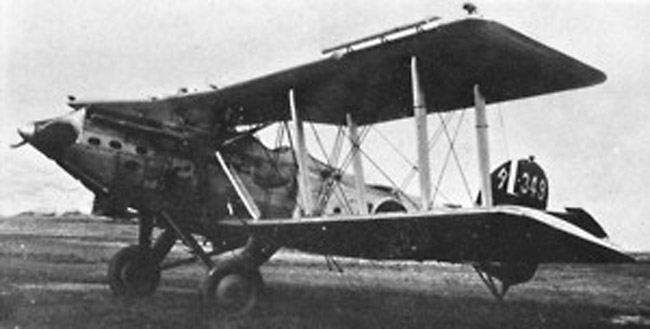
The Mitsubishi B2M which needed replacement (1932), derived from the Blackburn Ripon
The Yokosuka B4Y, also called Navy Type 96 Carrier Attack Bomber was the specialized torpedo bomber of the IJN, and last biplane of that type before the arrival of the B5N “Kate”. Introduced in servive from 1936, it equipped all IJN aircraft carriers and was still in use by 1943 in China, in second line and training units. The B4Y replaced the Mitsubishi B2M2 as the last operational biplane by the IJN. It was known by the Allies as “Jean”.
Design development
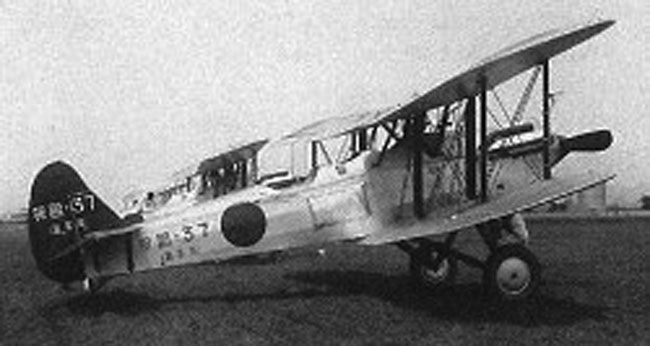
The previous Yokosuka B3Y (1932)
In 1932, the Imperial Japanese Navy issued a requirement for a new carrier-borne attack aircraft, submitted to Aichi, Mitsubishi and Nakajima. All three answered to it, while building their own prototype. None however deemed satisfactory. Yokosuka (Kugisho at the time) proposed the B3Y, which was evaluated but deemed inadequate for the role. The service issued in 1934 a new requirement calld “9-Shi”, for a better model.
The 1934 9-shi competition
In 1934, the technical department of the Imperial Japanese Navy announced the third competition over the past five years (one yearly) to determine the best possible carrier-based torpedo bomber, and replaced the B1M, B2M and B3Y generation. The 9-Shi specification went to Mitsubishi, Nakajima, and the 1st Marine Technical Aviation Arsenal (Yokosuka). This specification was initially considered temporary as a new competition was already prepared. It was supposed to produced a fundamentally new monoplane torpedo bomber. All its parameters were to be on par -ideally- to the nimble and agile A5M fighter.
At the time, in 1934, capabilities of the Japanese aviation were certainly not able to produce anything near the asked specification, while the fleet urgently needed a new generation, and dissimilar biplanes destrimental to maintenance and training, which in addition belonged to different generations between themselves. Mitsubishi and Nakajima hurried to a project, and the fist took the previous B3N as a base. It choose to increase its engine power and present it as the B4N, with X-shaped wings.
Mitsubishi did the same, just starting over a modified 3MT10, a project developed for the 7-shi specification competition: It was its Ka-12 (B4M) torpedo bomber. Both prototypes took off in late 1934, Yokosuka Arsenal lagging behind to deliver its own model. Meanwhile, the team work fevershly under Sanae Kawasaki. The latter emphasized the use of already proven solutions, an enough modularity to install any engine, which also allowed easy upgrades.
To accomplish this, Kawasaki worked on a biplane wing box derived from the Kawanishi E7K1 with Yokosuka’s newly developed fuselage. The first hybrid was equipped with the “Hiro-Type 91” 600 hp engine. It first flown late 1935 and in early to mid-1936, four more prototypes were produced by Yokosuka with Kawasaki, with the second and third powered by the 640 hp Kotobuki-3 air-cooled engine. The fourth and fifth prototypes received the Nakajima Hikari 2 capable of 840 h.p. Each time, reinforcements were brought to the whole structure, so see if it can cope.
As a result of these internal tests at Yokosuka, it was found that the marriage between the B4Y1 fuselage with the Hikari-2 engine was cleary a head above the compeition, although still hardly matching the 9-shi very ambitious navy specs; By November 1936, an order was received by Mitsubishi, Nakajima and the 11th Sea Aviation Arsenal while Yokosuka answered officially with its Yokosuka B3Y, keeping the same formula between orders and just improving on the engine and overall perfomances. This allowed nevertheless to innovate, as the B3Y became the first Japanese carrier attack bomber, fitted with the air-cooled radial engine Nakajima Hikari 2. The B4Y derived from it retained its fixed spatted landing gear, but introduced for the first time an enclosed cockpit for the navigator and radioman/gunner behind, not disturbed by the greater air flow due to the speed. The pilot however to keep max visibility still had an open cockpit, with just a standard windshield. Even the very fast A5M fighter, as the Army “Nate” also kept an open cockpit at the time.
About Yokosuka and the IJN
Kaigun Kōkū Gijutsu-shō (海軍航空技術廠) was created in 1913 as “Naval Air Technical Arsenal”, later simplified as “Kūgi-shō”, as it was associated with the first IJN arsenal, funded 1869, at Yokosuka, about 13 miles south of Yokohama on Tokyo Bay. When evaluating new planes (purchased from abroad), the Navy brought them to the arsenal for assembly from their crates, until they were flown by pilots sent abroad for flying lessons, tasked of final evaluation before any foreign purchase.
Modifications were made on site as weaknesses were found and/or when improvements were asked for. The IJN established in May 1913 a workshop on site, called the “Aeroplane Factory” under supervision of the Ordnance Department, at the arsenal’s torpedo factory. The facility was renamed “Naval Establishment for Aeronautical Research” (December 1919), then “Naval Technical Research Institute” in April 1923, then relocated to Tsukiji with several other Naval support units. As the latter waqs destroyed following the Great Kanto earthquake, a new one called Kaigun Kokusho (Naval Air Arsenal) was stablished in 1932 near Yokosuka, where draftsmen and Designers were transferred from the Hiro Naval Arsenal, closed.
Yokosuka was responsible for the 1918 mass-produced Ro-go Ko-gata reconnaissance floatplane, for the B3Y (1933, 129 built) biplane torpedo bomber which preceded the B4Y, the D2Y, D3Y, D4Y Suisei ‘Judy’ and D5Y dive bombers, scores of reconnaissance flotplanes, flying boats, trainers, transport and special purpose machines like the human missile “ohka” in 1945.
Design of the B4Y
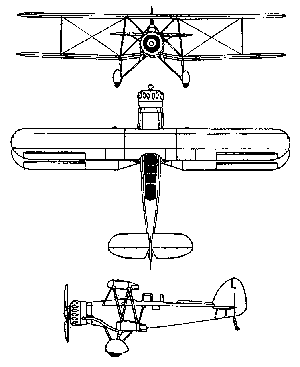
3-views plan
The B4Y was designed by Sanae Kawasaki at the First Naval Air Technical Arsenal at Yokosuka. Regarded only as an interim type, the Navy wanted a torpedo bomber offering performance comparable to the Mitsubishi A5M monoplane fighter. The result was a biplane with fixed landing gear and an all-metal structure with metal or fabric skin. To speed development and production, the B4Y utilised the wings from the Kawanishi E7K. The B4Y1 was also the first Navy carrier attack aircraft to utilize an air-cooled engine, as the prototype that was equipped with the Nakajima Hikari 2 radial engine performed better than its opponents. The crew of three occupied two cockpits. The pilot in the open front cockpit and the other two crewmen, (navigator and radio operator/gunner), in the enclosed rear cockpit.
Engine
The Nakajima Hikari 2 developed between 750 and 840 hp (560–630 kW). It was a 9-cylinder air-cooled radial aircraft piston engine with bore of 160 mm (6.3 in), stroke of 180 mm (7.1 in), displacement of 32.57 L (1,988 cu in) and diameter of 1.375 mm. It was as said, air-cooled, and was a relatived to the earlier Nakajima Kotobuki, based on the earlier licenced Bristol Jupiter.
Armament
There was no fixed machine-gun forward for the pilot to fire. The only armament on board, outsid the payload, was a single, flexibly mounted and rearward-firing 7.7 mm (0.303 in) Type 92 machine gun manned by the rear gunner. Its payload was more diverse, consisting either of a standard airbone 800 kg (1,764 lb) torpedo*, or 500 kg (1,102 lb) of bombs, generally small 50 kgs bombs under racks, generally two racks of six mounted under the wings.
This model was sturdy enough to perform dives, although this was noever done in practice. Regular strafing and levelled attacks only. Due to the use mostly in China, there are no records of ships torpedoed by the “Jean”. They were almost always operated as bombers. The torpedo was likely the standard 45 cm (17.7″) Type 91 (1931) Mod 1. It was given a 331 lbs. (150 kg) Type 97 warhead and was capable of 140 HP / 2,200 yards (2,000 m) / 41-43 knots thanks to its Kerosene-air wet-heater.
Production
The accepted serial aircraft received the ordnance designation “deck torpedo bomber sea type 96”. The model was commonly known also by its reduced factory/model navy designation of B4Y, where “Y” stands for yokosula. A total of 205 B4Y1 were produced, including the 5 prototype, so 200 standardized production models. The 5 prototypes built with various engines in 1935-36 were created at the arsenal in Yokosuka, but since the latter did not have the facilities for mass production, the order was spread among manufacturers:
-Nakajima Aircraft Company: 37 aircraft in 1937-38
-Mitsubishi Heavy Industries (Nagoya): 135 aircraft in 1937-38
-Hiro 11th Naval Arsenal: 28 aircraft in 1938
For the Yokosuka B4Y being produced in 1938 meant it was expected to serve at least until 1941. But already the age of monoplane was launched and either structurally or by data, biplanes were condemned so this model was already obsolescent. From early 1937, they started to actively replace the existing models of previous generations, on carrier-based air groups. It became in 1939 when all were delivered, the standard torpedo-bomber onboard carriers of the Kido Butai: IJN Hosho, Ryujo, Akagi, Kaga, Soryu and Un’yo, as well as the coastal Kokutai 13 and 15.
Detailed specs
Specs Yokosuka B4Y |
|
| Crew: | 3: Pilot, navigator/observer, radio operator/gunner |
| Fuselage Lenght | 10.15 m (33 ft 4 in) |
| Wingspan | 15 m (49 ft 3 in) |
| Wing area | 50 m2 (540 sq ft) |
| Height | 4.36 m (14 ft 4 in) |
| Empty weight: | 2,000 kg (4,409 lb) |
| Max takeoff weight: | 3,600 kg (7,937 lb) |
| Propeller: | 2-bladed fixed pitch wooden/metal propeller |
| Engine: | Nakajima Hikari 2, 9-cyl. AC radial 630 kW (840 hp) TO, 522 kW (700 hp)/1,200 m (3,937 ft) |
| Top speed: | 278 km/h (2173 mph, 150 kn) |
| Endurance: | 1,573 km (977 mi, 849 nmi) |
| Service ceiling: | 6,000 m (20,000 ft) |
| Wing Loading: | 72 kg/m2 (15 lb/sq ft) |
| Power/mass: | 0.1749 kW/kg (0.1064 hp/lb) |
| Armament | 1x 7.7 mm Type 92 MG rear, 800 kgs torpedo or 500 kgs bombs |
The B4Y in action
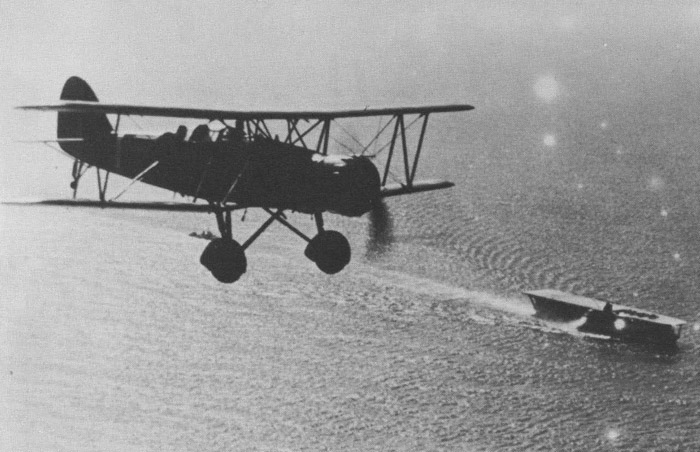
B4Y in 1938 flying over IJN Akagi
The Yokosuka B4Ys was first introduced in 1937, and saw action for the first time in the Sino-Japanese War. The first unit to operate the model was the 13th Kokutai. They helped to destroy the Chinese cruisers based in the Yangtze in September 1937. They were also responsible -in part- of the scontroversial sinking of the gunboat USS Panay, off Nanking in December. Identified sooner, the allies gave it the codename “Jean” for easier identification. The Allied Reporting Name was a reference to General MacArthur’s wife.
Operations in China 1937-41
On September 7, 1937, six B4Y from IJN Kaga, escorted by three A5M fighters, raided the coast when they were intercepted by three Chinese Hawk III fighters (led by deputy commander, 22nd fighter group, Lieutenant Lai Ming Tang). Lieutenants Lu Ji-Chun and Zhou Geng-Xu attacked the bombers while the leader dealt with the three Japanese fighters. Lu and Zhou shot down soon one B4Y each, but Lu Ji-Chun was soon obliged to make an emergency landing, wounded by one B4Y tail gunner.
On December 12, 1937, three B4Y1 from Kaga sa said above, spotted and attacked (with bombs) the gunboat USS Panay anchored on the Yangtze River.
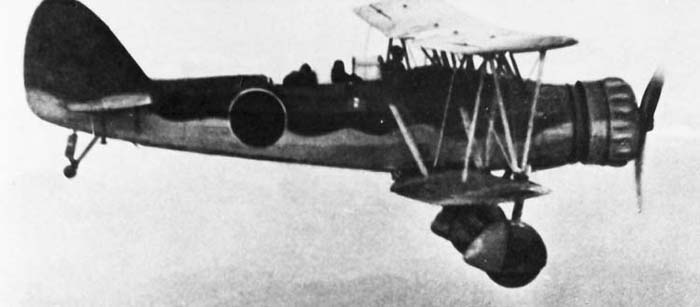
B4Y in camouflaged livery operating over China
In April 1938, B4Ys from IJN Soryu also operated in China, nine in all which flew to the Nanjing airfield, for operations over the Yangtze. In April also, the newly formed 14 kokutai arrived in China, and included 18 B4Y, al painted with a green-brown camouflage. In July 1938, 15 kokutai was created, also in the same area, operating nine B4Ys. Despite extreme combat activity the B4Y carrier-based torpedo bombers had little to do. The bulk of the Chinese fleet has been dealt by bombers already.
The front in addition soon moved far from the coast and the IJA bases and airfields soon took over the operations. Japanese carrier-based torpedo bombers still operated from ground airfields in late 1938 and along 1939, making only routine patrols on the shores and along the Yangtze River coast (as assigned to the IJN). No longer the Chinese aviation caused troubles to these operations. All these IJN aircraft carriers anyway stuck to the coast of China as assigned, but soon ran out of targets, only be used for reconnaissance and spotting, and training in between.
WW2 Operations
B4Y1s from December 1941 were replaced already on carriers by the B5N from 1939, and practically disappeared from the fleet’s combat strength. From 1942, they were sidelined, used as trainers in second line airfields in home waters, and in China, as well as from the training aircraft carriers IJN Hosho and Un’yō, until 1943. By June 1942 however one “Jean” from IJN Hosho in second echelon at the Battle of Midway, spotted the crippled IJN Hiryu on the 6th.
At the end of 1941, the Suzuka Kokutai still included 24 B4Ys for advanced flight training, located at the Suzuka airbase, in Mie Prefecture (east coast of Honshu). It was a combat training unit which trained and certified no less than a third of Japanese naval pilots. They soon made the transition to the B5N and its replacement later. B4Ys from Suzuka were actively used for training but also regularly flew on combat patrols along the coast, but also used as target-tug and other second-line tasks. The last of them were written off by the fall of 1944, completely worn out. There is no reported use of any for Kamikaze missions in 1944, they were too slow to be used as such anyway.
References
Evgeny Aranov. Carrier-borne torpedo bombers
Andrey Firsov: IJN Aviation
Aviation and Time. A. Demin. Air Dragons of the Celestial Empire
Rene J Francillion. Japanese Aircraft of the Pacific War
Shuppan Kyodo. Encyclopedia of Japanese aircraft
On wp.scn.ru
On combinedfleet.com
On historyofwar.org
On airwar.ru
On pacificeagles.net
On warthunder forums
The modeller’s corner
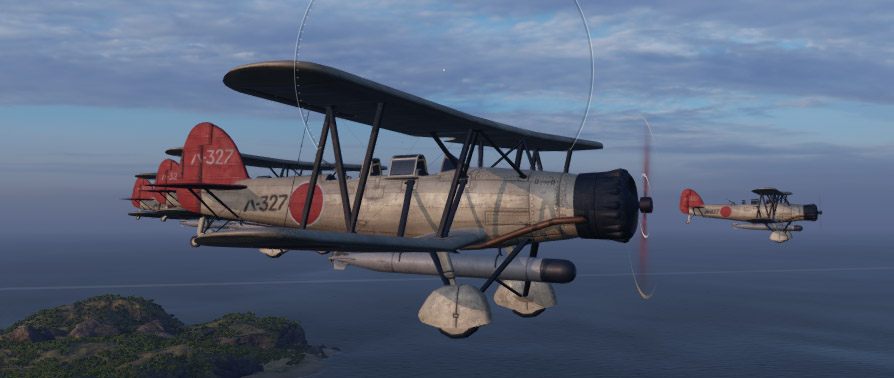
WoW rendition of the B4Y
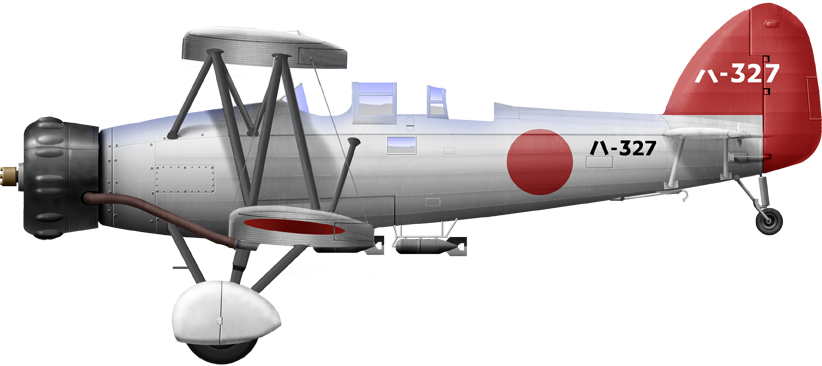
Yokosuka B4Y1 onboard IJN Akagi in 1938
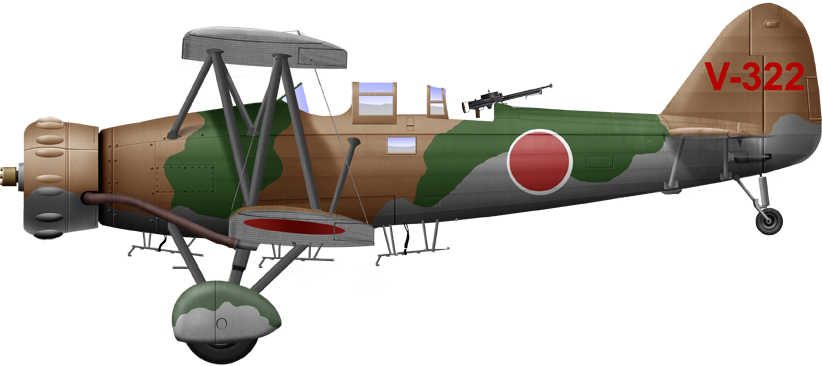
B4Y1 IJN Akagi, Autumn 1937
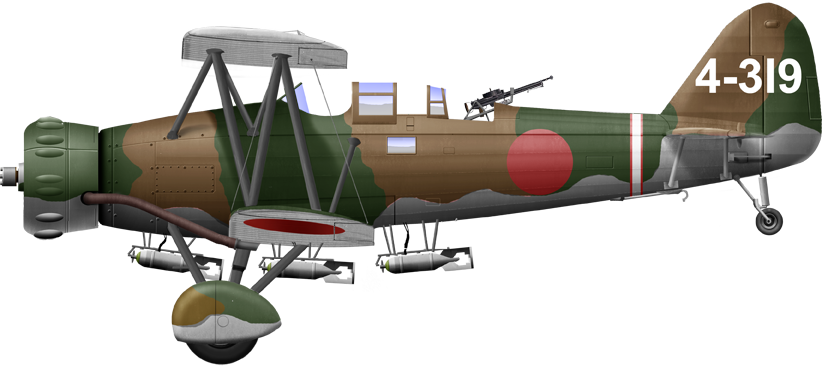
B4Y1 13th Kokutai in China

B4Y1 IJN Kaga operatin in China 1938
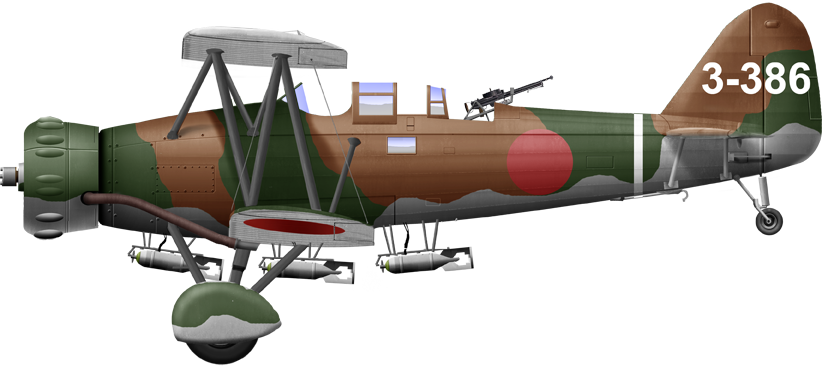
B4U1 of the 12th Kokutai in China
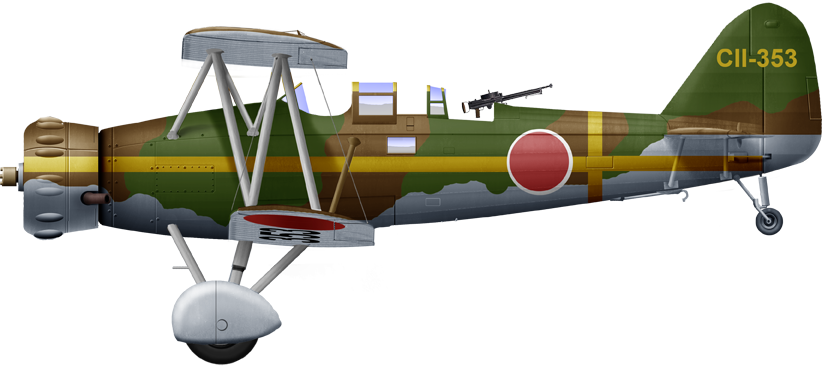
B4Y1 in China, unknown unit, yellow band
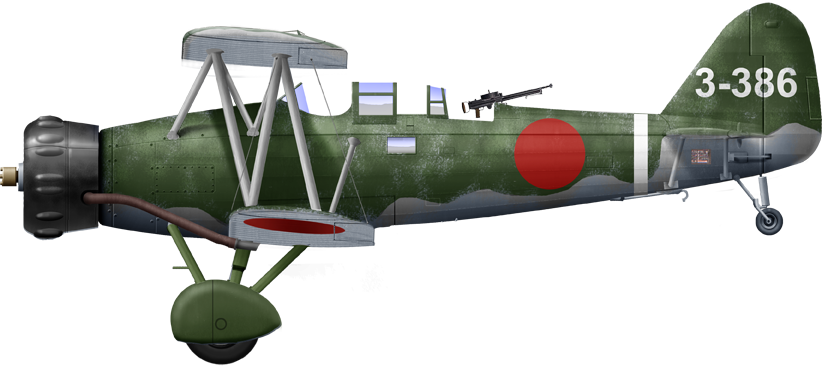
B4Y1 of the 12th Kokutao winter 1938-39
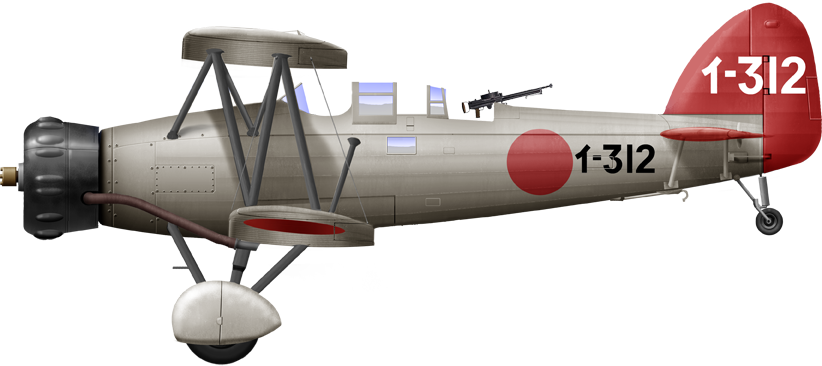
B4Y onboard IJN Soryu, December 1939
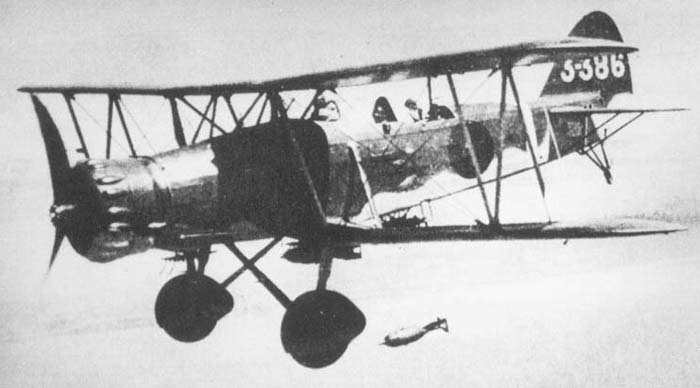
B4Y dropping bombs over China
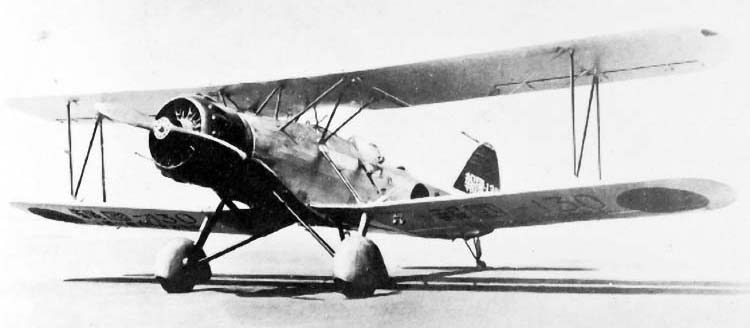
Early production model in Navy white livery
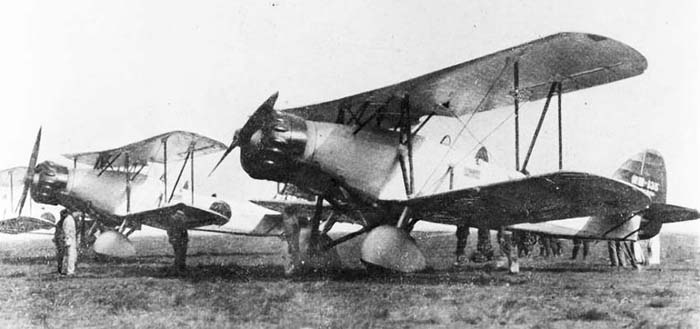
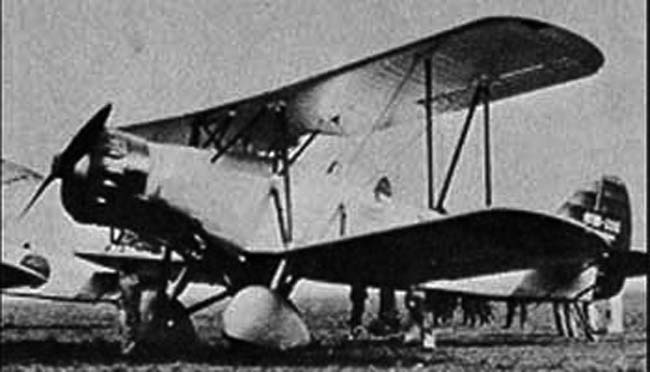
Navy Model being serviced.
Navy B4Ys in a land base, China 1937
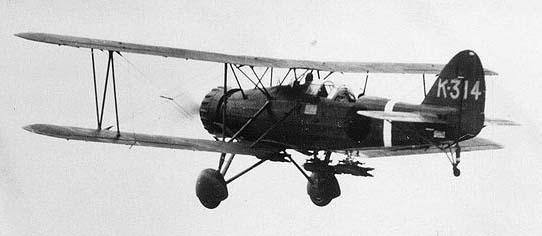
Type 96 in camouflage livery with its typical bomb load over China


 Latest Facebook Entry -
Latest Facebook Entry -  X(Tweeter) Naval Encyclopedia's deck archive
X(Tweeter) Naval Encyclopedia's deck archive Instagram (@navalencyc)
Instagram (@navalencyc)





 French Navy
French Navy Royal Navy
Royal Navy Russian Navy
Russian Navy Armada Espanola
Armada Espanola Austrian Navy
Austrian Navy K.u.K. Kriegsmarine
K.u.K. Kriegsmarine Dansk Marine
Dansk Marine Nautiko Hellenon
Nautiko Hellenon Koninklije Marine 1870
Koninklije Marine 1870 Marinha do Brasil
Marinha do Brasil Osmanlı Donanması
Osmanlı Donanması Marina Do Peru
Marina Do Peru Marinha do Portugal
Marinha do Portugal Regia Marina 1870
Regia Marina 1870 Nihhon Kaigun 1870
Nihhon Kaigun 1870 Preußische Marine 1870
Preußische Marine 1870 Russkiy Flot 1870
Russkiy Flot 1870 Svenska marinen
Svenska marinen Søværnet
Søværnet Union Navy
Union Navy Confederate Navy
Confederate Navy Armada de Argentina
Armada de Argentina Imperial Chinese Navy
Imperial Chinese Navy Marinha do Portugal
Marinha do Portugal Mexico
Mexico Kaiserliche Marine
Kaiserliche Marine 1898 US Navy
1898 US Navy Sovietskiy Flot
Sovietskiy Flot Royal Canadian Navy
Royal Canadian Navy Royal Australian Navy
Royal Australian Navy RNZN Fleet
RNZN Fleet Chinese Navy 1937
Chinese Navy 1937 Kriegsmarine
Kriegsmarine Chilean Navy
Chilean Navy Danish Navy
Danish Navy Finnish Navy
Finnish Navy Hellenic Navy
Hellenic Navy Polish Navy
Polish Navy Romanian Navy
Romanian Navy Turkish Navy
Turkish Navy Royal Yugoslav Navy
Royal Yugoslav Navy Royal Thai Navy
Royal Thai Navy Minor Navies
Minor Navies Albania
Albania Austria
Austria Belgium
Belgium Columbia
Columbia Costa Rica
Costa Rica Cuba
Cuba Czechoslovakia
Czechoslovakia Dominican Republic
Dominican Republic Haiti
Haiti Hungary
Hungary Honduras
Honduras Estonia
Estonia Iceland
Iceland Eire
Eire Equador
Equador Iran
Iran Iraq
Iraq Latvia
Latvia Liberia
Liberia Lithuania
Lithuania Mandchukuo
Mandchukuo Morocco
Morocco Nicaragua
Nicaragua Persia
Persia San Salvador
San Salvador Sarawak
Sarawak Uruguay
Uruguay Venezuela
Venezuela Zanzibar
Zanzibar Warsaw Pact Navies
Warsaw Pact Navies Bulgaria
Bulgaria Hungary
Hungary

 Bundesmarine
Bundesmarine Dutch Navy
Dutch Navy Hellenic Navy
Hellenic Navy Marina Militare
Marina Militare Yugoslav Navy
Yugoslav Navy Chinese Navy
Chinese Navy Indian Navy
Indian Navy Indonesian Navy
Indonesian Navy JMSDF
JMSDF North Korean Navy
North Korean Navy Pakistani Navy
Pakistani Navy Philippines Navy
Philippines Navy ROKN
ROKN Rep. of Singapore Navy
Rep. of Singapore Navy Taiwanese Navy
Taiwanese Navy IDF Navy
IDF Navy Saudi Navy
Saudi Navy Royal New Zealand Navy
Royal New Zealand Navy Egyptian Navy
Egyptian Navy South African Navy
South African Navy






























 Ukrainian Navy
Ukrainian Navy dbodesign
dbodesign